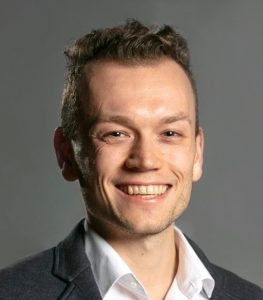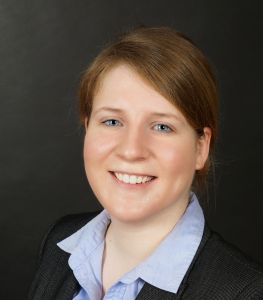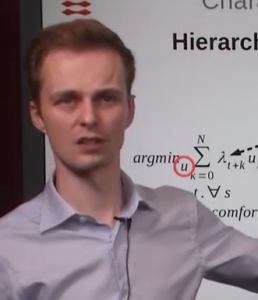Amos Schledorn
Amos is a PhD student at DTU Compute. His research focuses on mathematical methods for energy system modelling, in particular optimisation under uncertainty and behavioural modelling, with a focus on flexible energy systems.

Amos is a PhD student at DTU Compute. His research focuses on mathematical methods for energy system modelling, in particular optimisation under uncertainty and behavioural modelling, with a focus on flexible energy systems.

Dominik is a Senior Researcher at DTU Compute. He holds a PhD on Modelling Energy Supply of Future Smart Cities. Dominik is an expert on smart and flexible energy systems with a focus on demand response.

Daniela is an Assistant Professor at DTU Compute. In her research she focuses on the development of optimisation methods for planning problems in different application areas with a focus on energy systems.

Rune is an Assistant Professor at DTU Compute. He is a leading expert in the field of energy flexibility modelling. Rune has developed the concept of flexibility functions which has become the defacto standard for characterising energy flexibility.

Henrik is a professor at DTU Compute and professor II at NTNU. He is a leading expert in the field of modelling, forecasting and control.
According to Google Scholar, he is the number one researcher in the entire world on “demand response”.